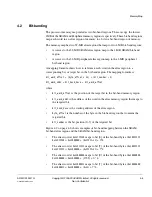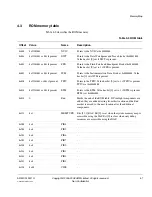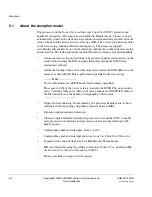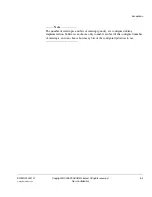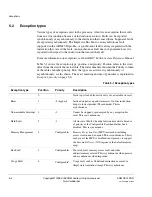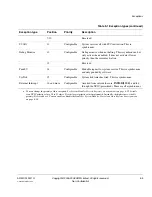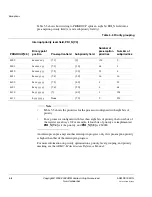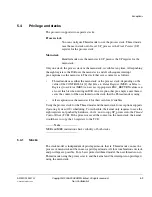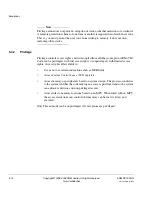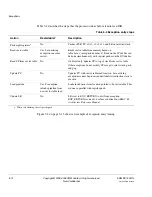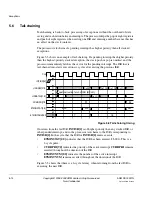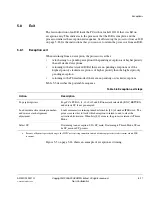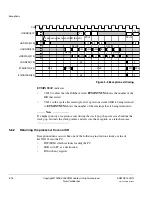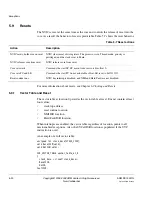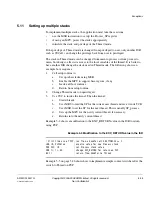
Exceptions
ARM DDI 0337G
Copyright © 2005-2008 ARM Limited. All rights reserved.
5-11
Unrestricted Access
Non-Confidential
5.5
Pre-emption
The following sections describe the behavior of the processor when it takes an
exception:
•
Stacking
•
Late-arriving
on page 5-15
•
Tail-chaining
on page 5-14.
5.5.1
Stacking
When the processor invokes an exception, it automatically stores the following eight
registers to the SP in the following order:
•
Program Counter
(PC)
•
Processor Status Register
(xPSR)
•
r0-r3
•
r12
•
Link Register
(LR).
The SP is decremented by eight words by the completion of the stack push. Figure 5-1
shows the contents of the stack after an exception pre-empts the current program flow.
Figure 5-1 Stack contents after pre-emption
Note
•
Figure 5-1 shows the order on the stack.
•
If STKALIGN is set in the Configuration Control Register then an extra word can
be inserted before the stacking takes place. See
Configuration Control Register
on
page 8-26.
After returning from the ISR, the processor automatically pops the eight registers from
the stack. Interrupt return is passed as a data field in the LR, so ISR functions can be
normal C/C++ functions, and do not require a veneer.
Old SP
SP
x
PSR
PC
LR
r12
r3
r2
r1
r0
<previous>

